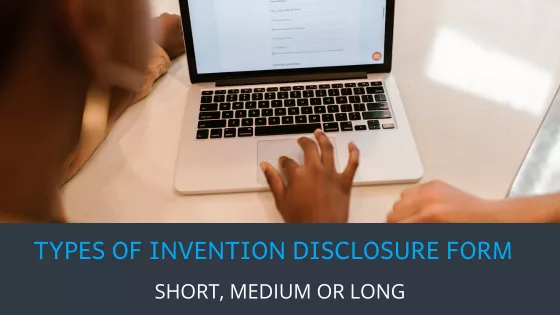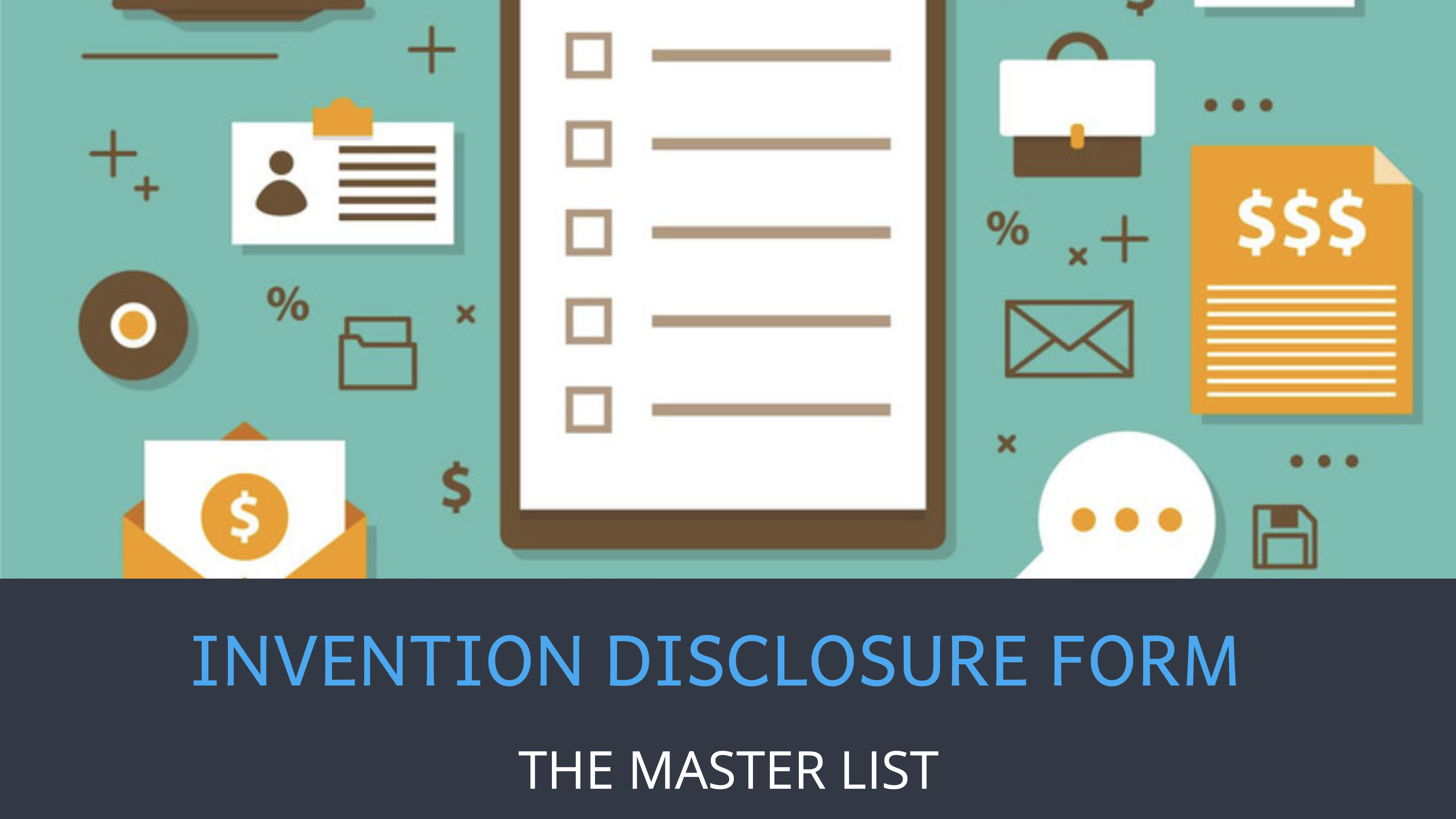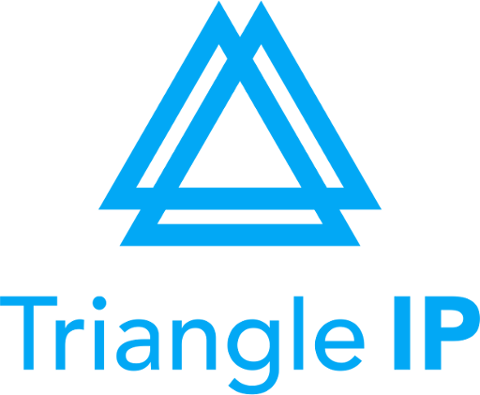
Patent Mining
Latest News and Articles
Menu


Salesforce and Jira Alternative for IP Management
January 6, 2025

7 Crucial Mistakes to Avoid while Patenting a Mobile App
June 18, 2021

Use Cases
Innovation Toolkit
Learn Innovation Management
Standalone Tools
© 2025 Triangle IP, Inc. | All Rights Reserved.
